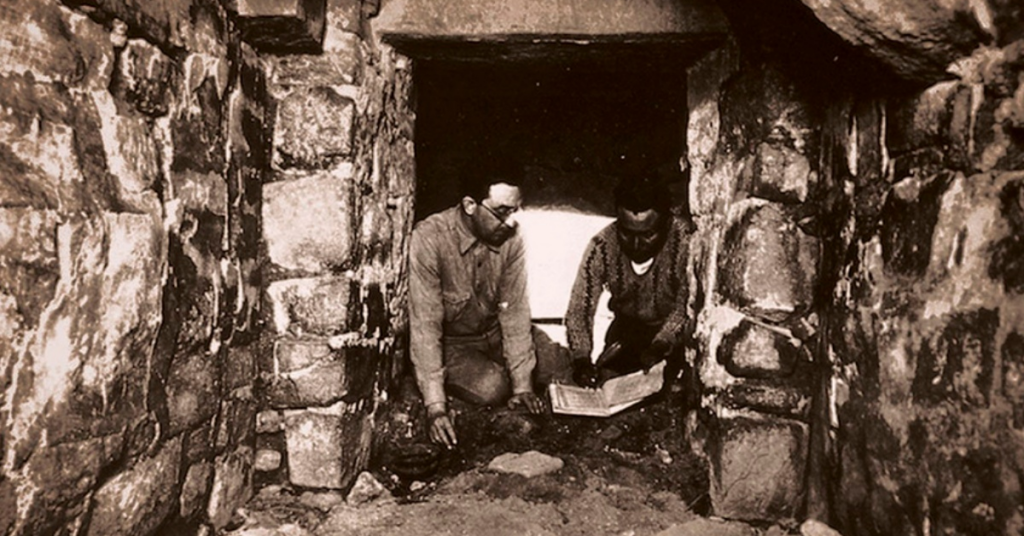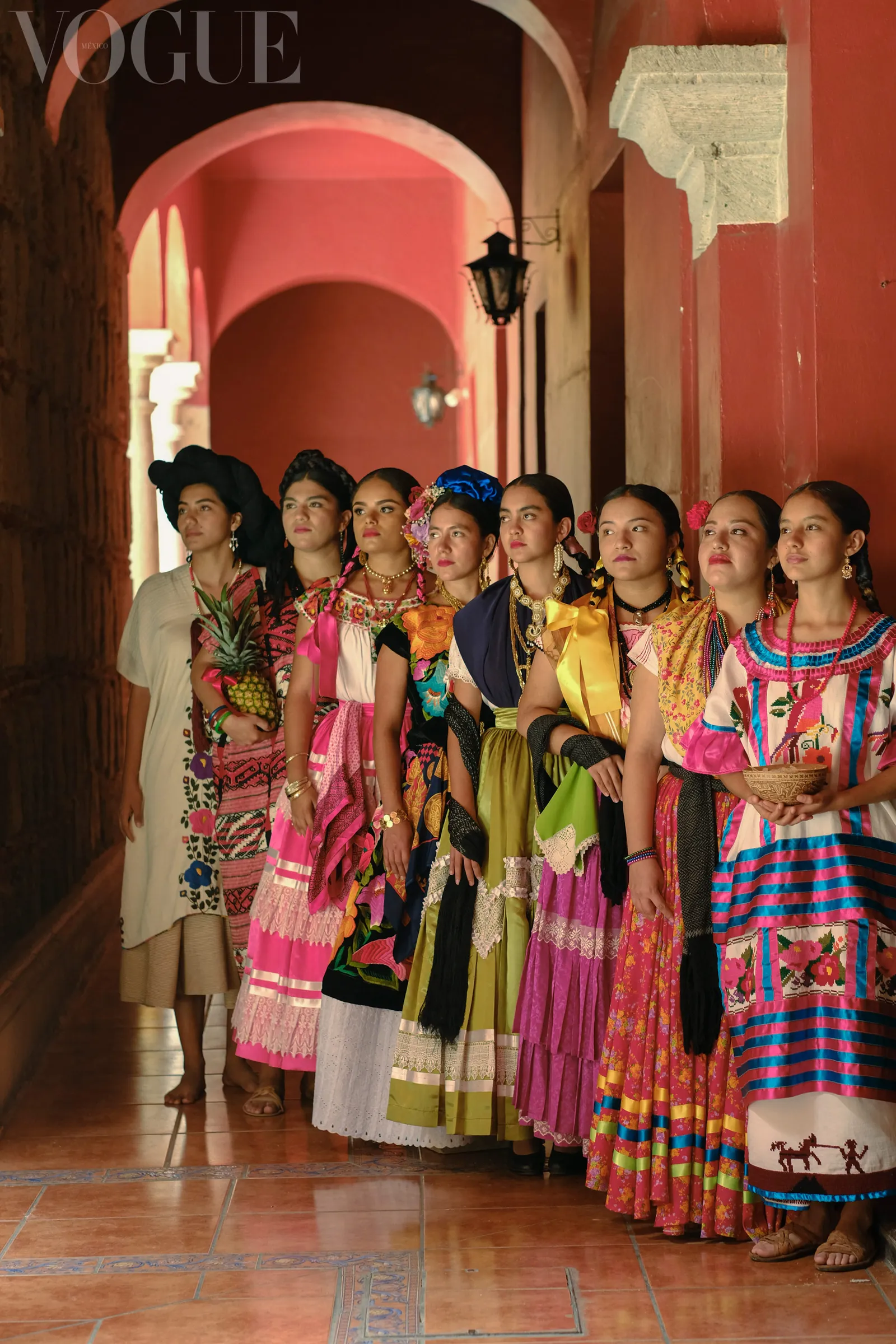Zapotec Heritage
Monte Albán controlled the destinies of the ancestral towns of the territory known today as Oaxaca for a long time. Located in the small mountain range that constitutes the center of the Valleys of Oaxaca, the city developed around ceremonial complexes located in the highest parts of the hills, almost 500 meters above the valley floor. These complexes were governed from the center of power, the sacred space, now known as the Main Plaza.
Today, Monte Albán attracts visitors from around the world, and you too can immerse yourself in this legacy of the cultures that brought this Zapotec archaeology and history to life.
Interesting Facts about Monte Albán
Its Origin, a Mystery

The origin of Monte Albán remains an enigma. It is estimated that this ancient city was founded around 500 B.C., atop a mountain by one of the tribes inhabiting the lowlands of the extensive Valley of Oaxaca. Although scholars have not yet been able to unravel the identity of its first inhabitants, like other great Mesoamerican cities, Monte Albán was home to more than one culture throughout its history. Initially inhabited by the Zapotecs and later by the Mixtecs. In addition, certain architectural elements suggest that its residents maintained contact with the cultures of central Mexico, especially with the Teotihuacans.
Monte Albán bears witness to a complex and fascinating cultural history intertwined with various civilizations and migrations over the centuries. While their presence remains anonymous, the Zapotec and Mixtec presence has left a deep imprint on the city, both in its architecture and in its art and traditions. Cultural exchange with the Teotihuacans has also left its mark on Monte Albán.
Its Name, a Mystery

The original name of the city of Monte Albán is also a subject of debate, as is the origin of its founders. The Mexicas knew it as Ocelotépec, which means Jaguar Mountain or Mountain of the Jaguar, while in Zapotec it would translate as Dani Beedxe (for “dani”, mountain and “beedxe”, jaguar), although it is also mentioned that the Zapotecs called it Dani Baán. For their part, the Mixtecs called it Yucucúi, which in Mixtec means “green hill”. As for its name in Spanish, there are two versions: one maintains that the land belonged to a Spanish man surnamed Montalván, while the other suggests that it received this name due to the similarity of its landscape to the Albanian mountains in Italy. These various denominations reflect the cultural richness and historical complexity of Monte Albán, leaving the enigma of its original name open.
An Important and Imposing City
Monte Albán, the ancient capital of the Zapotecs, played a crucial role from the early years of the common era until around 800 A.D. As the first urban complex in Mesoamerica, this city became a politically and economically influential center in the surrounding regions. At its peak, it was home to approximately 35,000 inhabitants, who mainly settled on the mountainsides and were mainly engaged in agriculture.
It also stood as an impressive testimony to the development and social organization of Zapotec civilization. Its inhabitants built monumental structures, squares, and terraces on the hills, efficiently exploiting the mountainous terrain. In addition to its importance as a political and economic center, Monte Albán was also a place of cultural and religious significance, where important rituals and ceremonies took place.
The greatness of Monte Albán lies in its ability to unite a society and establish an advanced urban system in antiquity. Through agriculture and other economic activities, the Zapotecs managed to sustain a considerable population and create a center of power that influenced the entire region. The legacy of Monte Albán endures as a fascinating testament to the skill and ingenuity of this ancient civilization.
Significant Mesoamerican Objects Have Been Discovered

In 1932, Mexican archaeologist Alfonso Caso made a historic discovery in Monte Albán by unearthing Tomb 7, an intact tomb dating back to the 14th century. This discovery turned out to be an invaluable treasure, as it contained the largest number of Mesoamerican objects found up to that time. Among the numerous pieces found in the tomb, a skull adorned with turquoise stands out, as well as 200 pieces carved in gold. This discovery is still considered one of the greatest milestones in Mexican archaeology.
For example, in Tomb 7 of Monte Albán, archaeologists were able to gain valuable insight into the artistic and cultural richness of the ancient Zapotec civilization. The pieces found reflect mastery in carving and sophistication in the use of precious materials. Additionally, the discovery provided valuable information about funeral practices and religious beliefs of the time.
Cultural Heritage

In 1987, the archaeological zone of Monte Albán received the prestigious recognition of UNESCO as a Cultural Heritage of Humanity. This honorary title was awarded jointly with the Historic Center of the city of Oaxaca, highlighting the close relationship between both sites on the ideal itinerary for a visit to this captivating region of Mexico.
The designation as a Cultural Heritage of Humanity is a testament to the historical and cultural importance of Monte Albán. This archaeological site represents an invaluable legacy of the Zapotec civilization and offers a fascinating insight into life in ancient Mesoamerica.
The inclusion of the Historic Center of the city of Oaxaca in this declaration highlights the beauty and historical relevance of the city itself. The combination of the archaeological zone of Monte Albán and the colonial charm of Oaxaca creates a complete and enriching experience for visitors.
By being jointly recognized as a Cultural Heritage of Humanity, Monte Albán and the Historic Center of Oaxaca become essential destinations for those wishing to immerse themselves in the cultural and archaeological richness of Mexico.






















